Table of Contents
Understanding Global Tariff Conversations: Origins, Definitions, and Economic Implications
- Introduction
- Defining Tariffs: What They Are and How They Work
- A Brief History of Tariffs: From Ancient Times to the Modern Era
- The Multifaceted Purposes of Tariffs: Why Countries Impose Them
- Tariffs and the Global Economy: Impact on Trade and Growth
- The Local Economic Impact: How Tariffs Affect Countries, Industries, and Consumers
- The Role of the World Trade Organization (WTO) in Regulating Tariffs
- The Current Landscape: Major Global Tariff Disputes and Negotiations
- The Economic Debate: Arguments For and Against the Use of Tariffs
- Real-World Examples: Case Studies of Tariff Implementation and Outcomes
- Conclusion: Understanding Tariffs in Today's Globalized World
1. Introduction: The Resurgence of Tariffs in Global Discourse
The topic of tariffs has gained significant prominence in recent global discussions, moving from the periphery of economic policy to the forefront of international relations and political debates 1. For individuals seeking to understand the complexities of international trade, grasping the fundamental concepts surrounding tariffs is essential to follow current news and discussions effectively. This report aims to provide a foundational understanding of tariffs by exploring their definition, historical evolution, the various reasons why countries impose them, their impact on both the global and local economies, the regulatory role of the World Trade Organization (WTO), the current landscape of global tariff disputes, the economic arguments for and against their use, and relevant real-world examples. The re-emergence of tariffs as a significant policy tool after a period of general decline following World War II suggests a potential shift in global economic philosophy or priorities. This resurgence could be attributed to factors such as increasing nationalism, concerns about trade imbalances, and a reassessment of the benefits of unrestricted free trade 1.
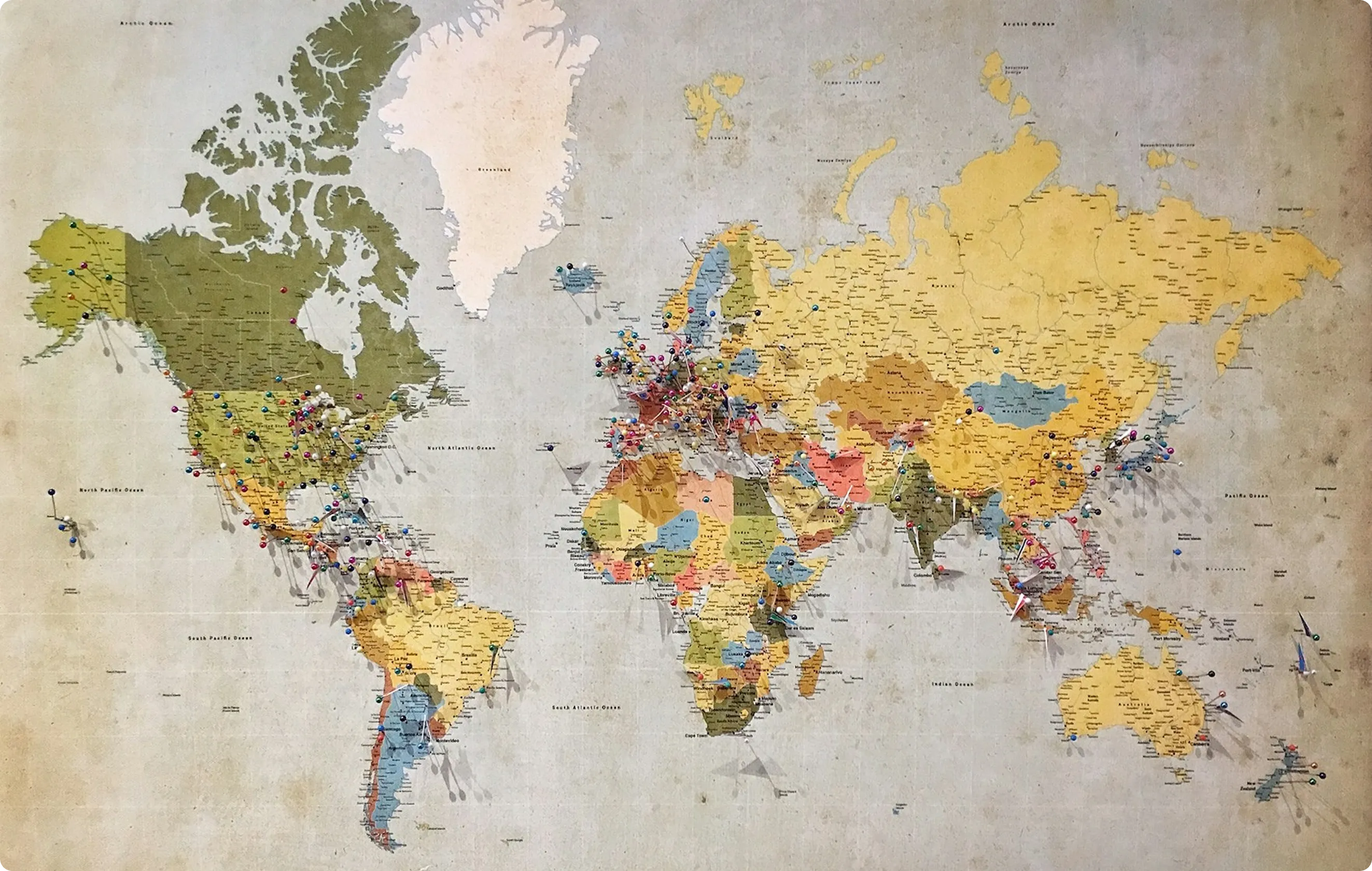
2. Defining Tariffs: What They Are and How They Work
At its core, a tariff is a tax or duty levied by a government on goods imported from other countries 1. This form of foreign trade regulation and policy is often implemented to promote or protect domestic industries by increasing the cost of foreign products 3. While tariffs can also be applied to exports, these are less common, and in some countries, like the United States, export tariffs are constitutionally prohibited 2. The responsibility for paying the tariff typically falls on the importing business, which then remits the fee to its home country's government upon the goods crossing the border 1.
Tariffs can take several forms. The most common type is an ad valorem tariff, which is calculated as a fixed percentage of the import's value 1. For example, a 10% ad valorem tariff on imported clothing means that an importer would pay a tax equal to 10% of the declared value of the clothing. Another type is a specific tariff, which is a fixed amount charged for each unit of the imported good, such as $5 per imported pair of shoes 1. Lastly, tariff-rate quotas involve applying a lower tariff rate to imports up to a certain quantity, with a significantly higher rate for quantities exceeding that threshold, as seen with sugar imports in some countries 1
The fundamental mechanism through which tariffs achieve their intended effects is by increasing the price of imported goods 4. This price increase can make domestically produced goods more competitive in the market, as they do not incur the additional cost of the tariff. While the tariff is legally paid by the importing business, the added cost is often passed on, at least in part, to consumers through higher prices for both imported and, potentially, competing domestic goods 1. This increase in the cost of imported goods can also reduce the range of products available to consumers if some imports become prohibitively expensive 8.
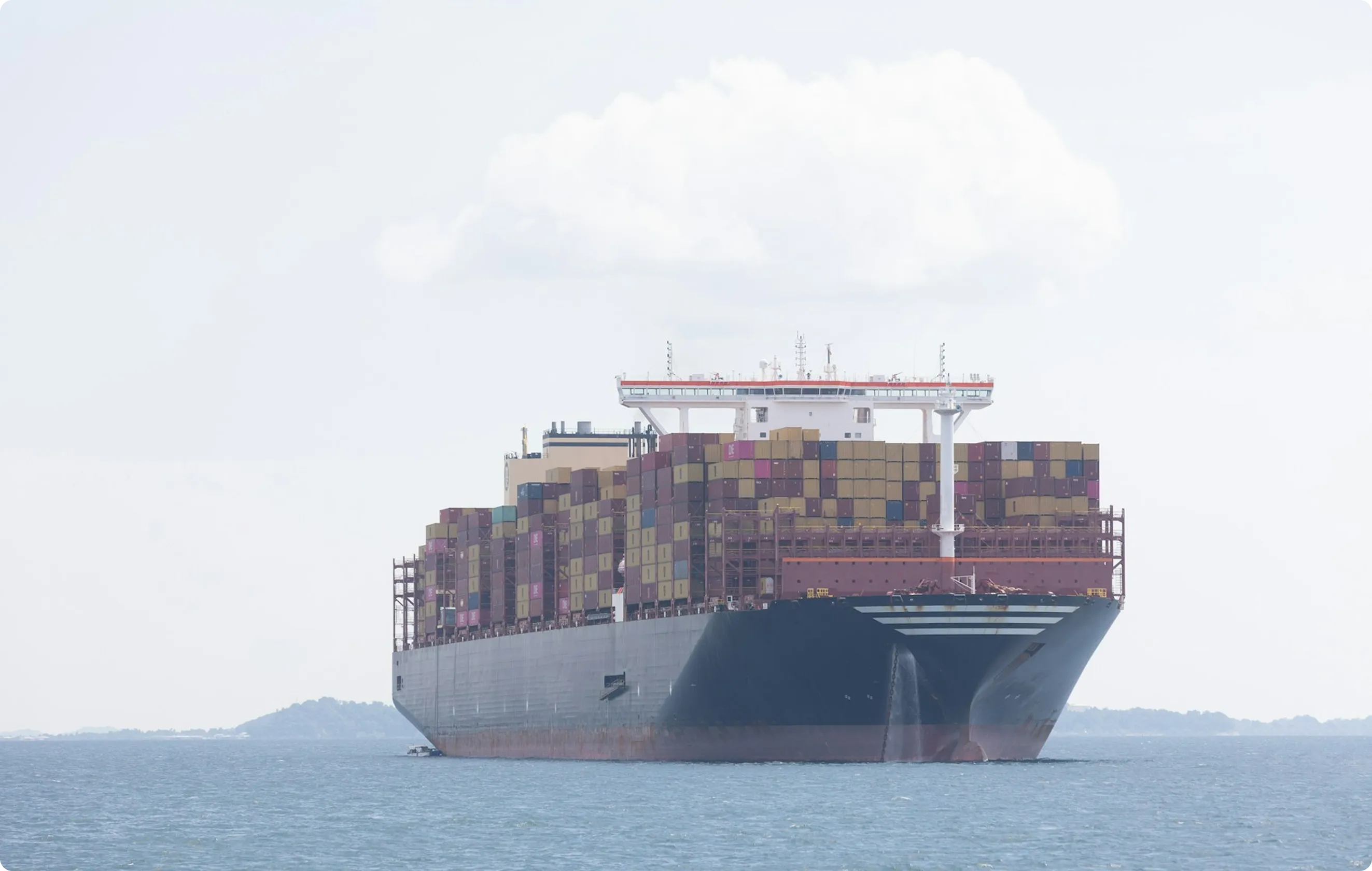
| Title Type | Definition | Example |
|---|---|---|
| Ad Valorem | Fixed percentage of the import's value | 10% tariff on the value of imported clothing |
| Specific Tariff | Fixed amount charged per unit of imported goods | 10% tariff per imported pair of shoes |
| Tariff-Rate Quota | Tariff that increases significantly after a certain import quantity is reached | 10% tariff on the first 10,000 tons of sugar, then 50% on any amount above |
3. A Brief History of Tariffs: From Ancient Times to the Modern Era
The use of tariffs has a long and varied history, dating back to ancient civilizations. In ancient Greece, for instance, the port of Piraeus in Athens enforced levies on goods, including a 2% levy on grain, primarily to generate revenue for the government 11. During medieval Europe, tariffs evolved into tools for economic nationalism, with monarchs imposing duties to protect emerging local industries from foreign competition, as seen in Britain where Edward III banned woolen cloth imports in the 14th century 11. The Industrial Revolution brought about a transformation in tariff policies, with nations increasingly using tariffs to safeguard rapidly expanding domestic industries from cheaper imports, leading to significant debates between protectionist and free trade ideologies, exemplified by the British Corn Laws 11.
The history of tariffs in the United States is particularly instructive. From the nation's founding, tariffs served as a major source of federal revenue 1. Alexander Hamilton, the first Secretary of the Treasury, strongly advocated for tariffs not only as a revenue stream but also as a means to protect nascent American industries and reduce dependence on foreign trade 7. The period between the Civil War and World War II was characterized by high levels of protectionism in the U.S1.. The Smoot-Hawley Tariff Act of 1930, which significantly raised import duties, is widely regarded by economists as having exacerbated the Great Depression by triggering retaliatory tariffs from other countries and severely hindering international trade 1.
Following World War II, there was a global shift towards trade liberalization, with the United States playing a key role in establishing the General Agreement on Tariffs and Trade (GATT) and later the WTO 1. These organizations aimed to reduce tariff barriers and promote international trade. However, in recent years, particularly with the rise of new economic powers and concerns about trade imbalances and national security, tariffs have resurfaced as a prominent policy tool 1. This recent trend marks a potential departure from the decades-long movement towards freer trade.
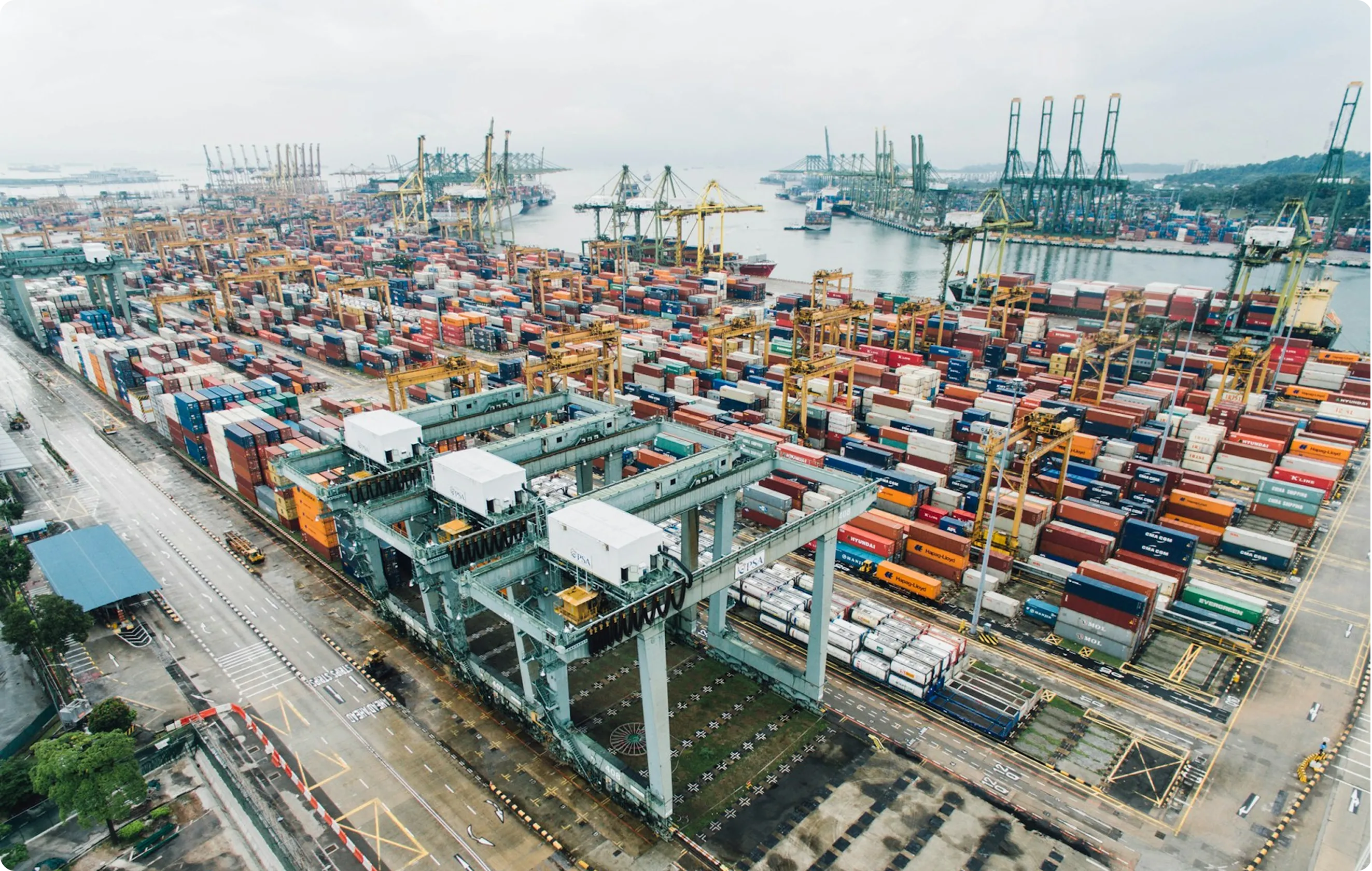
4. The Multifaceted Purposes of Tariffs: Why Countries Impose Them
Governments employ tariffs for a variety of reasons, reflecting diverse economic and political objectives 1. Historically, one of the primary purposes of tariffs was to generate revenue for the government 1. In the early days of the United States, for instance, tariffs constituted the largest source of federal income. While revenue generation remains a function of tariffs, it has become less significant in developed economies that have established income and other forms of taxation.
A more prevalent contemporary rationale for tariffs is the protection of domestic industries 1. By increasing the cost of imported goods, tariffs aim to make domestically produced alternatives more attractive to consumers, thereby shielding local businesses from foreign competition, particularly those in nascent or strategically important sectors. Tariffs are also frequently used to counteract what are perceived as unfair trade practices by other countries, such as dumping (selling goods at below their cost of production) or the provision of subsidies to their domestic industries, which can artificially lower the price of their exports 1.
National security is another key justification for imposing tariffs, especially on industries that are considered vital to a country's defense or strategic interests, such as steel, aluminum, and certain technologies 1. Tariffs can also serve as leverage in international trade negotiations, acting as a bargaining chip to persuade other countries to agree to more favorable trade terms 1. Additionally, some governments implement tariffs with the goal of reducing their country's trade deficit by making imports more expensive and encouraging domestic consumption and production 1. In a broader context, tariffs can be deployed to achieve geopolitical goals, influencing the balance of power between states or pursuing domestic objectives that extend beyond purely economic considerations 1.

5. Tariffs and the Global Economy: Impact on Trade and Growth
The prevailing view among economists is that while tariffs might offer short-term benefits to specific domestic industries, they often lead to negative consequences for the global economy as a whole 1. One of the primary impacts is a reduction in international trade volumes. By increasing the cost of imported goods, tariffs can make them less attractive to consumers and businesses, leading to a decrease in both imports and, potentially, exports due to retaliatory measures 1.
In today's interconnected world, many products are manufactured using components and raw materials sourced from various countries, creating complex global supply chains 4. Tariffs imposed on intermediate goods or components can disrupt these supply chains, leading to increased production costs for businesses, which may then be passed on to consumers in the form of higher prices. This can reduce the competitiveness of businesses that rely on global supply chains and potentially lead to inefficiencies in production.
A significant risk associated with the imposition of tariffs is the likelihood of retaliatory measures from affected countries 2. When one country imposes tariffs on imports from another, the affected country often responds by imposing its own tariffs on exports from the first country. This cycle of retaliatory tariffs can escalate into a trade war, which can have damaging consequences for global economic growth, leading to reduced trade, higher prices, and potential job losses in multiple countries. Recent economic outlooks from organizations like the Organisation for Economic Co-operation and Development (OECD) have even lowered global growth forecasts, citing the negative impact of recently announced and proposed trade policy measures, particularly tariffs 10. The interconnectedness of global economies means that trade policies, especially tariffs, can have far-reaching consequences that extend well beyond the countries directly involved in imposing them 4.
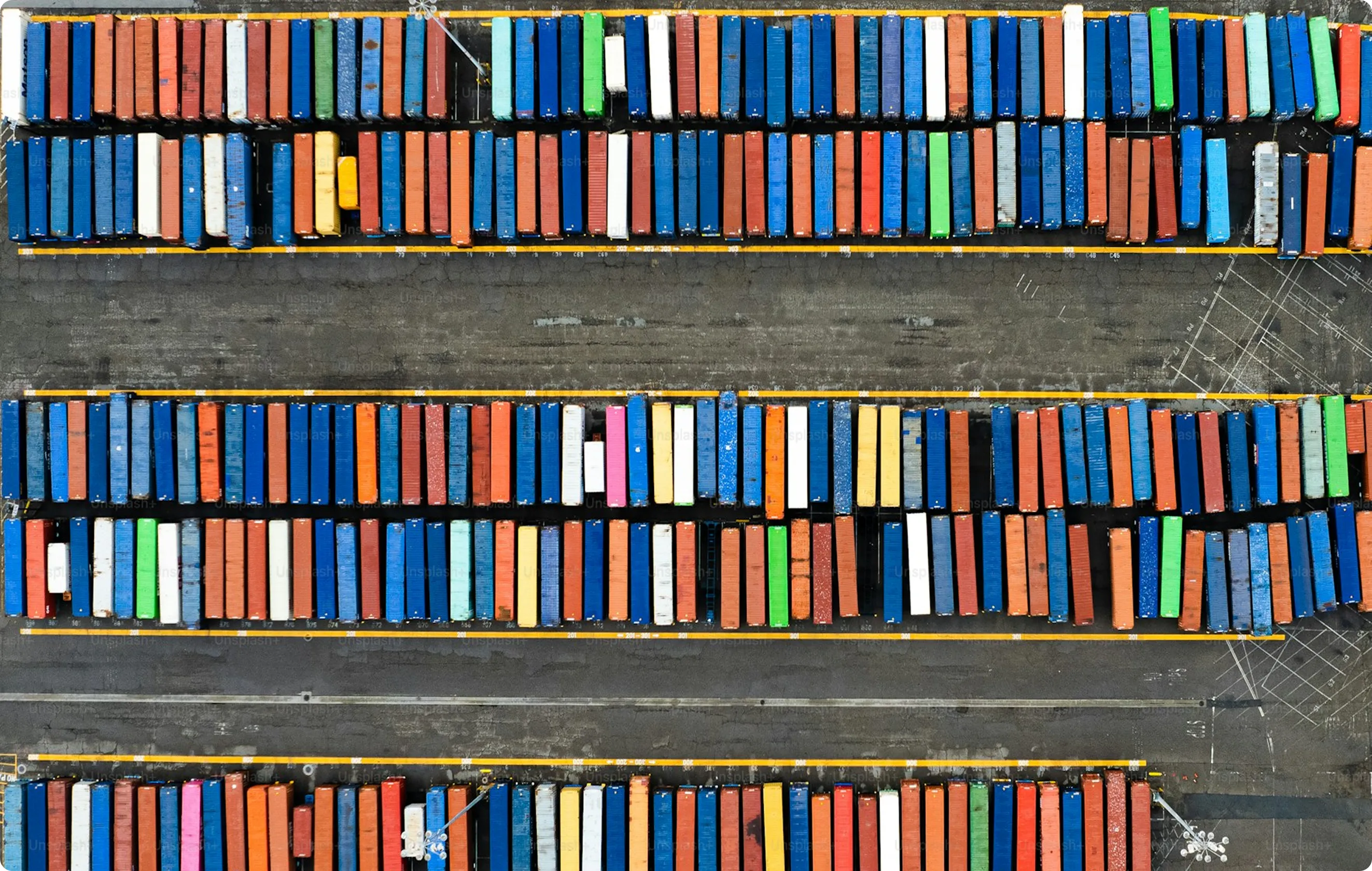
6. The Local Economic Impact: How Tariffs Affect Countries, Industries, and Consumers
The imposition of tariffs has a multifaceted impact on the local economy, affecting domestic industries, consumers, and employment in various ways. For domestic industries, tariffs can offer a degree of protection from foreign competition, potentially leading to an increase in domestic production as imported goods become more expensive 1. However, many industries rely on imported components and raw materials for their production processes. Tariffs on these inputs can significantly increase their costs, potentially making them less competitive, especially in export markets 4. Furthermore, reduced competition from imports can, in some cases, lead to decreased incentives for domestic industries to innovate and improve efficiency 8.
Consumers are often directly affected by tariffs through higher prices for a wide range of goods, including everyday necessities 1. As the cost of imported goods increases due to tariffs, retailers and businesses often pass these costs on to consumers, leading to a rise in the overall cost of living and reducing their purchasing power.
The impact of tariffs on employment is a subject of debate. While tariffs are sometimes intended to create jobs in protected domestic industries by encouraging local production 1, they can also lead to job losses in other sectors 4. Industries that rely on imported inputs may face higher production costs, potentially leading to reduced output and employment. Furthermore, retaliatory tariffs imposed by other countries can harm export-oriented industries, resulting in job losses in those sectors. Notably, the economic burden of tariffs tends to be regressive, meaning that lower-income households, who typically spend a larger portion of their income on basic goods, bear a disproportionately larger share of the increased costs 5.

7. The Role of the World Trade Organization (WTO) in Regulating Tariffs
The World Trade Organization (WTO) plays a crucial role in regulating international trade and provides a framework for its 164 member economies 49. Established in 1995 as the successor to the General Agreement on Tariffs and Trade (GATT), the WTO facilitates trade in goods, services, and intellectual property among participating countries 49. A key function of the WTO is to provide a platform for negotiating trade agreements, which often aim to reduce or eliminate tariffs, quotas, and other trade barriers 49.
Several core principles of the WTO govern the use of tariffs by its members 49. The principle of Most Favored Nation (MFN) requires that a WTO member must apply the same conditions to all trade with other WTO members, meaning any trade concession, such as a reduced tariff rate granted to one member, must be extended to all others 49. Tariff commitments made by WTO members are legally binding and are listed in schedules of concessions 49. These schedules establish "ceiling bindings," indicating the maximum tariff rate a country can apply to a particular product. While a country can change its bindings, it can only do so after negotiating with its trading partners and potentially compensating them for any loss of trade 49. Transparency is another fundamental principle, requiring WTO members to publish their trade regulations and notify the WTO of any changes in their trade policies 49. Reciprocity plays a significant role in tariff negotiations, with countries often reducing tariffs on a reciprocal basis to gain better access to foreign markets 7. Finally, the WTO agreements include "safety valves" that permit members to raise tariffs in specific circumstances, such as to address unfair trade practices or to allow domestic industries to adjust to sudden surges in imports 49.
In addition to setting the rules for trade, the WTO also administers an independent dispute resolution system 1. When a member believes that another member is violating trade rules, including those related to tariffs, it can bring a case to the WTO. The dispute settlement process aims to resolve trade disputes through consultation and, if necessary, through rulings by independent panels. If a country is found to be in violation of WTO rules, it is expected to bring its policies into compliance or face the possibility of retaliatory trade measures authorized by the WTO. Historically, the GATT and the WTO have been instrumental in facilitating significant reductions in global tariff rates, contributing to the growth of international trade and opening markets for exports 49.

8. The Current Landscape: Major Global Tariff Disputes and Negotiations
The current global trade environment is marked by significant tariff disputes and ongoing negotiations, with the United States playing a central role in many of these developments 1. In recent times, tariffs have been imposed by the U.S. on a wide range of goods imported from major trading partners, including China, Canada, and Mexico 1. These tariffs have targeted sectors such as steel, aluminum, and a broad array of consumer and industrial goods.
In response to these actions, the affected countries have often implemented retaliatory tariffs on U.S. exports 2, leading to a cycle of escalating trade tensions and, in some cases, what can be described as trade wars 20. Despite these disputes, there are also ongoing negotiations and trade talks between the involved countries, aimed at resolving the issues and potentially reducing or removing some of the imposed tariffs 18. The concept of "reciprocal tariffs," where a country imposes tariffs on another country's goods that mirror the tariffs the latter imposes on its own goods, has also been a topic of discussion, with the potential for further tariff increases based on this principle 1. Beyond these major disputes, there are also other potential tariff actions and investigations underway, such as those related to digital service taxes, copper, and timber imports 18.

| Title Type | Tariff Rate | Exporting countries Affected | Status |
|---|---|---|---|
| Section 301 tariffs on Chinese goods | 7.5% to 25% (now 20%) | China | In effect, increased in 2025 |
| Section 232 tariffs on steel and alluminium | 10% to 25% | Brazil, China, EU, Japan, South Korea | In effect |
| Tariffs on most imports from Canada and Mexico | 25% | Canada, Mexico | Partially in effect, some delayed until Apr 2 |
| Tariffs on Canadian oil and gas | 10% | Canada | Delayed until Apr 2 |
9. The Economic Debate: Arguments For and Against the Use of Tariffs
The use of tariffs as an economic policy tool is a subject of ongoing debate, with compelling arguments both for and against their implementation 1.
Proponents of tariffs often argue that they are necessary to protect nascent or strategically important domestic industries from the intense competition of more established foreign producers 1. By increasing the cost of imports, tariffs can provide these "infant industries" with the time and space needed to grow, innovate, and become competitive on a global scale.
Another key argument in favor of tariffs is their potential to boost domestic employment, particularly in the manufacturing sector, by encouraging consumers to purchase domestically produced goods over more expensive imports 1. Tariffs are also seen as a tool to address unfair trade practices, such as when foreign companies engage in dumping or benefit from substantial government subsidies, allowing them to sell goods at artificially low prices 1. Historically, tariffs served as a significant source of revenue for governments 1, although this is less critical for developed nations today. In certain cases, tariffs are also advocated for to strengthen national security by ensuring domestic production of essential goods 1, to reduce a country's trade deficit by making imports less attractive 1, and to act as leverage in international trade negotiations, providing a point of pressure to secure more favorable agreements 1.
Conversely, there are numerous arguments against the use of tariffs. One of the most prominent is that they lead to higher consumer prices, reducing the purchasing power of households 1. Tariffs can also disrupt global supply chains, increasing production costs for businesses that rely on imported components and materials 4. A major concern is that tariffs often provoke retaliatory tariffs from other countries, leading to trade wars that can harm exports and overall economic growth 2. Contrary to the aim of boosting employment, tariffs can potentially lead to job losses in industries that rely on imports or are negatively affected by retaliatory measures 4. Economists also argue that tariffs reduce overall economic efficiency and productivity by protecting less competitive domestic industries and hindering innovation 8. Furthermore, tariffs are often considered a regressive tax, as they tend to disproportionately burden lower-income households 5.

| Argument For Tariffs | Argument Against Tariffs |
|---|---|
| Protect infant industries and foster domestic growth | Higher consumer prices and reduced purchasing power |
| Boost domestic employment and manufacturing | Disrupt global supply chains and increase production costs for businesses |
| Counteract unfair trade practices | Provoke retaliatory tariffs and trade wars, harming exports and overall growth |
| Generate government revenue (historically) | Potentially lead to job losses in import-reliant industries and those facing retaliation |
| Strengthen national security | Reduce overall economic efficiency and productivity |
| Reduce trade deficits | Be a regressive tax disproportionately affecting lower-income households |
| Act as leverage in international negotiations | Can lead to reduced exports and an increase in the value of the domestic currency |
10. Real-World Examples: Case Studies of Tariff Implementation and Outcomes
Examining real-world instances of tariff implementation provides valuable insights into their actual effects. The Smoot-Hawley Tariff Act of 1930 is a classic example of protectionist policies gone wrong, with many economists believing it deepened and prolonged the Great Depression due to widespread retaliation and a collapse in international trade 1. More recently, the tariffs imposed by the Trump administration on steel and aluminum in 2018 led to increased prices for these materials in the U.S., negatively impacting downstream industries like construction and automotive, and prompted retaliatory tariffs from countries like the European Union 1. Similarly, tariffs on Chinese goods resulted in higher prices for American consumers and retaliatory tariffs from China, affecting U.S. agricultural exports significantly 1.
The "chicken tax," a 25% tariff on light trucks imposed by the U.S. in 1964, illustrates the long-term effects of tariffs on specific industries, insulating domestic heavy truck manufacturers from foreign competition for decades 1. A more recent case study involving tariffs on washing machines in the U.S. showed that while domestic production increased and some jobs were created, the cost to consumers in the form of higher prices was substantial, raising questions about the overall economic efficiency of such measures 44. The construction and agriculture sectors have also experienced significant impacts from tariffs, facing increased material costs and reduced export demand, respectively 4. These examples suggest that while tariffs can provide temporary relief or protection to certain domestic industries, they often come with broader economic costs and can lead to unintended negative consequences.
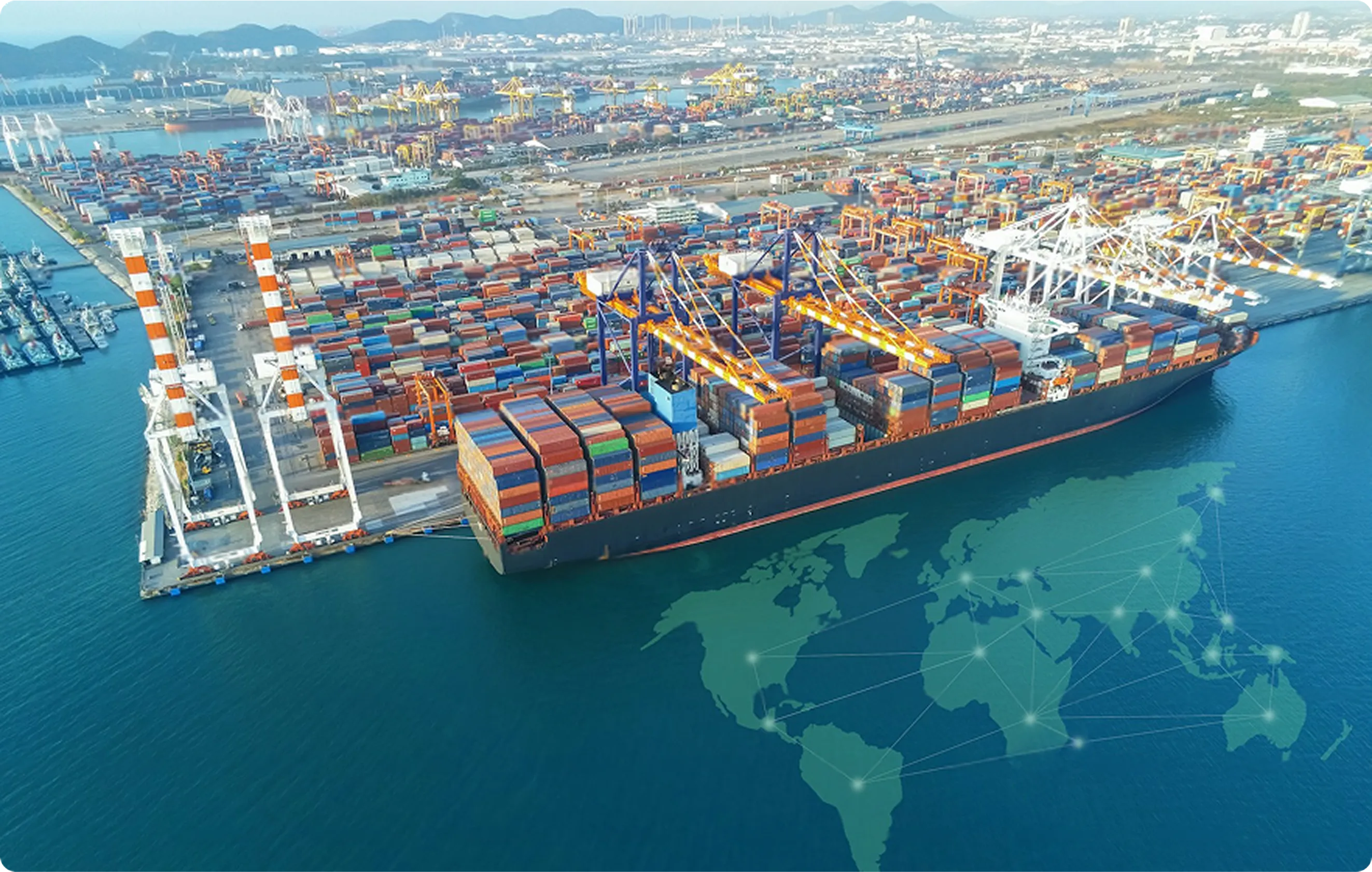
11. Conclusion: Understanding Tariffs in Today's Globalized World
In conclusion, tariffs are a complex and often contentious policy tool with a long history of use in international trade. While they can be employed for various reasons, including revenue generation, protection of domestic industries, and as leverage in trade negotiations, their implementation often carries significant economic implications in today's highly interconnected global economy 4. The analysis indicates that while tariffs might offer short-term benefits to specific sectors, they generally lead to higher consumer prices, disrupt supply chains, and increase the risk of retaliatory actions that can harm overall economic growth and international relations. Understanding the definition, history, purposes, and economic impacts of tariffs, as well as the regulatory framework provided by the WTO and the current landscape of global trade disputes, is crucial for anyone seeking to follow and comprehend the ongoing conversations surrounding tariffs in our increasingly globalized world.

Citations
- 1. What Are Tariffs? | Council on Foreign Relations, accessed March 20, 2025
- 2. Tariffs: What are they, who pays for them and who do they benefit? - USC Dornsife, accessed March 20, 2025
- 3. trade.ec.europa.eu, accessed March 20, 2025
- 4. Q&A: What Are Tariffs and How Will They Affect Us? - The Darden Report, accessed March 20, 2025
- 5. Tariffs Definition | TaxEDU Glossary - Tax Foundation, accessed March 20, 2025
- 6. Tariffs | Access2Markets - European Commission's trade, accessed March 20, 2025
- 7. What Is a Tariff? | HISTORY, accessed March 20, 2025
- 8. How Could Tariffs Affect Consumers, Business and the Economy? | UC Davis, accessed March 20, 2025
- 9. The geopolitics of trade tariffs: The new Trump presidency - The House of Commons Library, accessed March 20, 2025
- 10. UK and global economic growth forecasts cut - as Trump tariffs blamed - Sky News, accessed March 20, 2025
- 11. History of Tariffs - Shapiro, accessed March 20, 2025
- 12. Tariff - Wikipedia, accessed March 20, 2025
- 13. History of tariffs in the United States - Wikipedia, accessed March 20, 2025
- 14. The Surprising History of Tariffs and Their Role in U.S. Economic Policy - USGI, accessed March 20, 2025
- 15. A Brief History of Tariffs in the United States and the Dangers of their Use Today, accessed March 20, 2025
- 16. Milestones: 1921–1936: Protectionism in the Interwar Period - Office of the Historian, accessed March 20, 2025
- 17.How Do Tariffs Impact the Economy? - Cerity Partners, accessed March 20, 2025
- 18. Second Trump tariffs - Wikipedia, accessed March 20, 2025
- 19. A new tariff paradigm: How businesses can respond | Grant Thornton, accessed March 20, 2025
- 20. Trump has begun another trade war. Here's a timeline of how we got here | AP News, accessed March 20, 2025
- 21. Tariffs: the reasons, responses and repercussions | J.P. Morgan Private Bank Asia, accessed March 20, 2025
- 22. Why Do Governments Implement Tariffs? - Investopedia, accessed March 20, 2025
- 23. Tariffs—Everything you need to know but were afraid to ask ..., accessed March 20, 2025
- 24. www.pbs.org, accessed March 20, 2025
- 25. Tariffs Explained | New York Tech, accessed March 20, 2025
- 26. 5 things to know about tariffs and how they work | PBS News, accessed March 20, 2025
- 27. The Basics of Tariffs and Trade Barriers - Investopedia, accessed March 20, 2025
- 28. Tariffs and Trade: The Potential Impact on the Economy - Close Up Foundation, accessed March 20, 2025
- 29. Tariff tremors: The global impact of US trade policies - LSEG, accessed March 20, 2025
- 30. Impact of Tariffs on the Construction Industry: CLA, accessed March 20, 2025
- 31. Trump's trade war draws swift retaliation with new tariffs from Mexico, Canada and China, accessed March 20, 2025
- 32. www.claconnect.com, accessed March 20, 2025
- 33. The Impact of US Tariffs: Which Industries Are Most and Least Affected - IBISWorld, accessed March 20, 2025
- 34. What is the impact of tariffs on the U.S. economy? - RBC Thought Leadership, accessed March 20, 2025
- 35. Tariffs on all imports would create chaos for business - Brookings Institution, accessed March 20, 2025
- 36. Trump trade war: US central bank cuts growth outlook | Money News, accessed March 20, 2025
- 37. Q&A: How Could Tariffs Impact Your Wallet? - The Darden Report, accessed March 20, 2025
- 38. Trump's 25% tariffs on Canada and Mexico will be a blow to all 3 ..., accessed March 20, 2025
- 39. US will be hit by 'high tariffs' from other countries, China's Global Times warns, accessed March 20, 2025
- 40. The U.S.-China Trade War: China's Challenge in Navigating U.S. Tariffs and Global Trade Tensions - TRENDS Research & Advisory, accessed March 20, 2025
- 41. China–United States trade war - Wikipedia, accessed March 20, 2025
- 42. Economists Agree: Trump Is Wrong on Tariffs - The Century Foundation, accessed March 20, 2025
- 43. U.S. and global economic outlooks cut by OECD as Trump's trade tariffs weigh on growth - NBC10 Philadelphia, accessed March 20, 2025
- 44. The impact of tariffs: Balancing costs, supply chains and profitability, accessed March 20, 2025
- 45. Trump's tariffs on Canada, Mexico and China are in effect. Here's what could get pricier — and when. - CBS News, accessed March 20, 2025
- 46. Tariffs and Consumer Prices: Insights from Newly Matched Consumption-Trade Micro Data, accessed March 20, 2025
- 47. The Impact of Trump's Tariffs: A Comprehensive Analysis - CLA (CliftonLarsonAllen), accessed March 20, 2025
- 48. Are tariffs good or bad for the economy? Research says they can be bad for the supply chain - Georgia State University News - Faculty/Research, Press Releases, Robinson College of Business -, accessed March 20, 2025
- 49. World Trade Organization - Wikipedia, accessed March 20, 2025
- 50. What Is the World Trade Organization? | CFR Education - Council on Foreign Relations, accessed March 20, 2025
- 51. What Is the World Trade Organization (WTO)? Purpose and Functions - Investopedia, accessed March 20, 2025
- 52. History of the World Trade Organization - Wikipedia, accessed March 20, 2025
- 53. World Trade Organization | International Trade Rules & Regulations | Britannica, accessed March 20, 2025
- 54. U.S. Tariff Policy: Overview | Congress.gov | Library of Congress, accessed March 20, 2025
- 55. What would the Trump Tariffs mean for World Trade? | Global law firm, accessed March 20, 2025
- 56. WTO Schedules & Tariff Information - International Trade Law Research Guide, accessed March 20, 2025
- 57. WTO Agreements - International Trade Administration, accessed March 20, 2025
- 58. History of the WTO: Part One | United States Trade Representative, accessed March 20, 2025
- 59. U.S. Open to Trade Talks with China and Canada Amid Tariff Disputes, accessed March 20, 2025
- 60. Tariff Disputes Archives - Global Trade Magazine, accessed March 20, 2025
- 61. Tariffs Paused in Mexico and Canada, but not China - Hunton Andrews Kurth LLP, accessed March 20, 2025
- 62. Navigating New Tariff Policies: Importer Guide & Updates, accessed March 20, 2025
- 63. New Trump Administration Tariff Developments - McDermott Will & Emery, accessed March 20, 2025
- 64. www.bushcenter.org, accessed March 20, 2025
- 65. From Trade Wars to Trade Wins: How Trump Can Redefine U.S.-China Economic Relations, accessed March 20, 2025
- 66. A Practical Guide to the Arguments for and Against Uniform Tariffs, accessed March 20, 2025
- 67. There's Still No Economic Case for New Tariffs | Cato at Liberty Blog, accessed March 20, 2025
- 68. Are tariffs bad for growth? Yes, say five decades of data from 150 countries - PMC, accessed March 20, 2025
- 69. How Trump's tariffs could impact US companies - PwC, accessed March 20, 2025
- 70. Tariffs: A Case Study | Weekly Economic Commentary | Northern Trust, accessed March 20, 2025
Read More

By Alok Ranjan
Senior Project Manager
Read other blogs
Your go-to resource for IT knowledge. Explore our blog for practical advice and industry updates.
Discover valuable insights and expert advice.
Uncover valuable insights and stay ahead of the curve by subscribing to our newsletter.

Download Our Latest Industry Report
To know more insights!























